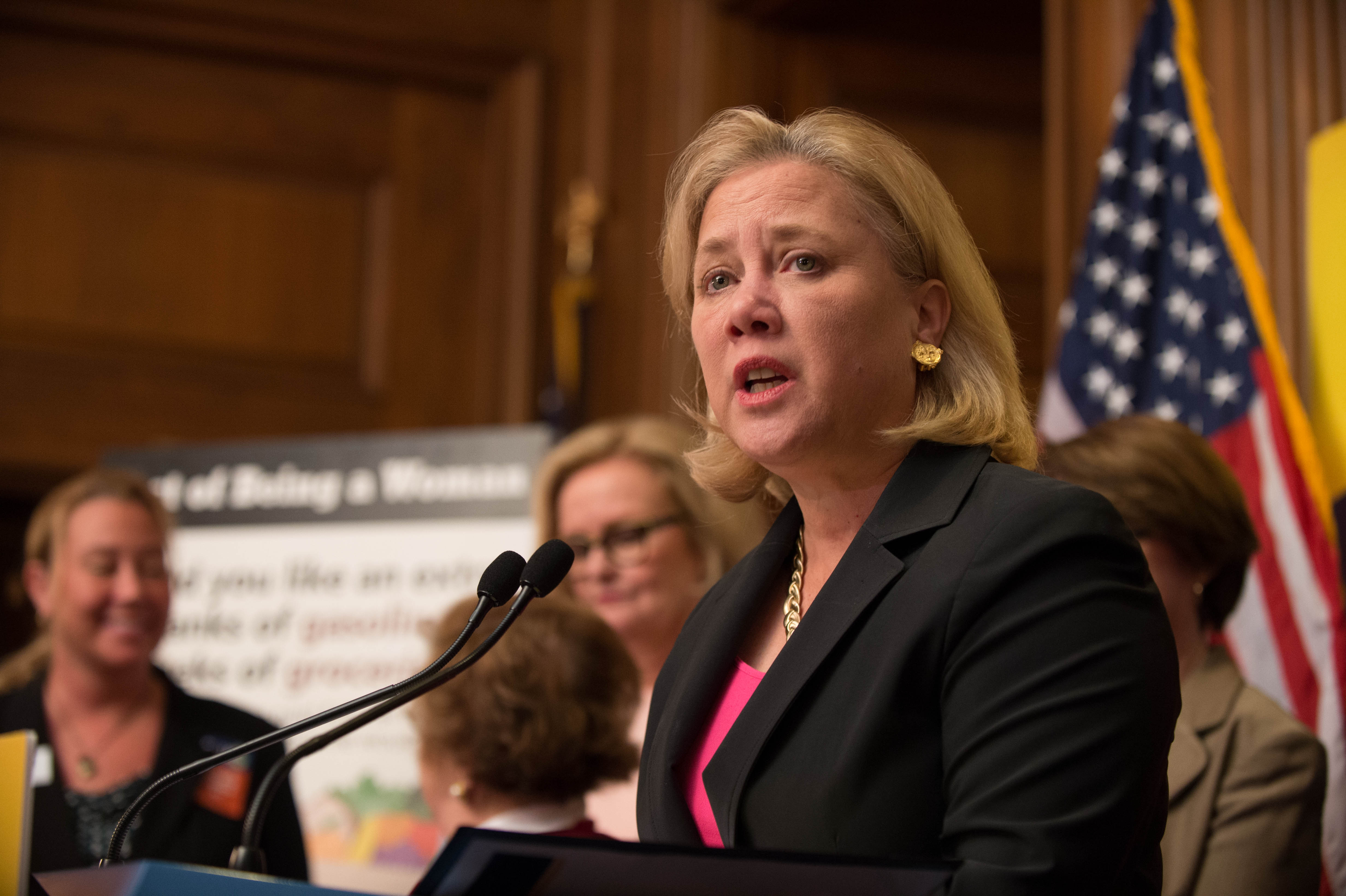The most common complaint that I hear about the current political climate is that it is too stagnant or too polarized. This is a fair complaint.
From the constant filibustering in the Senate to the endless list of bills that die well before they get to a floor vote, not much of anything is getting done in Congress. It is easy to blame the stagnation on the politicians themselves or the culture of partisan bickering on the Hill. However, I’d like to suggest that the inaction has nothing to do with Congress itself, and much more to do with the election laws of the state legislatures.
Every decade, after the census, state legislatures are given the opportunity to redraw the congressional district maps in order to reflect the changing demographics of their states. It sounds fairly innocent on paper, but in practice, it’s what’s causing the paradoxical lack of legislating by our legislature.
In 2010, Republicans controlled a majority of state legislatures when it came time to redistrict. They drew district lines in a way that would make it nearly impossible for Democrats to control the House until the next census.
This became painfully real for Democrats in the 2012 elections. In the fallout, then Washington Post columnist Ezra Klein pointed out, “Democrats got 54,301,095 [House] votes while Republicans got 53,822,442. That’s a close election – 48.8%-48.5% – but it’s still a popular vote win for the Democrats.”
In terms of seats won, however, there were 234 Republicans and 201 Democrats, all thanks to redistricting. In a climate like this, where districts are so obviously meant to favor one party, politicians can only be challenged by a more extremist candidate within their own party. This leads to the extreme polarization and stagnation.
What we need to do is create nonpartisan primaries, which force candidates to the middle, and dismantle the system of gerrymandering.
However, this is much more easily said than done. No party wants to relinquish the control that they have in the legislatures at the risk of losing its next election. Until there is a cultural shift and politicians confront the fact that they are meant to represent the people rather than their own interests, change is unlikely to come.
There is some hope, though.
This cultural shift may be happening already. People are complaining about stagnation in Congress. Former Supreme Court Justice John Paul Stevens is writing a book that calls for an amendment to the Constitution to end gerrymandering. The state of Iowa decided to have nonpartisan district drawing. We just have to reengage and elect the people that will get it done, and if they don’t, hold them accountable.
Annie Cappetta is a freshman majoring in political science and ecosystem science and policy.







